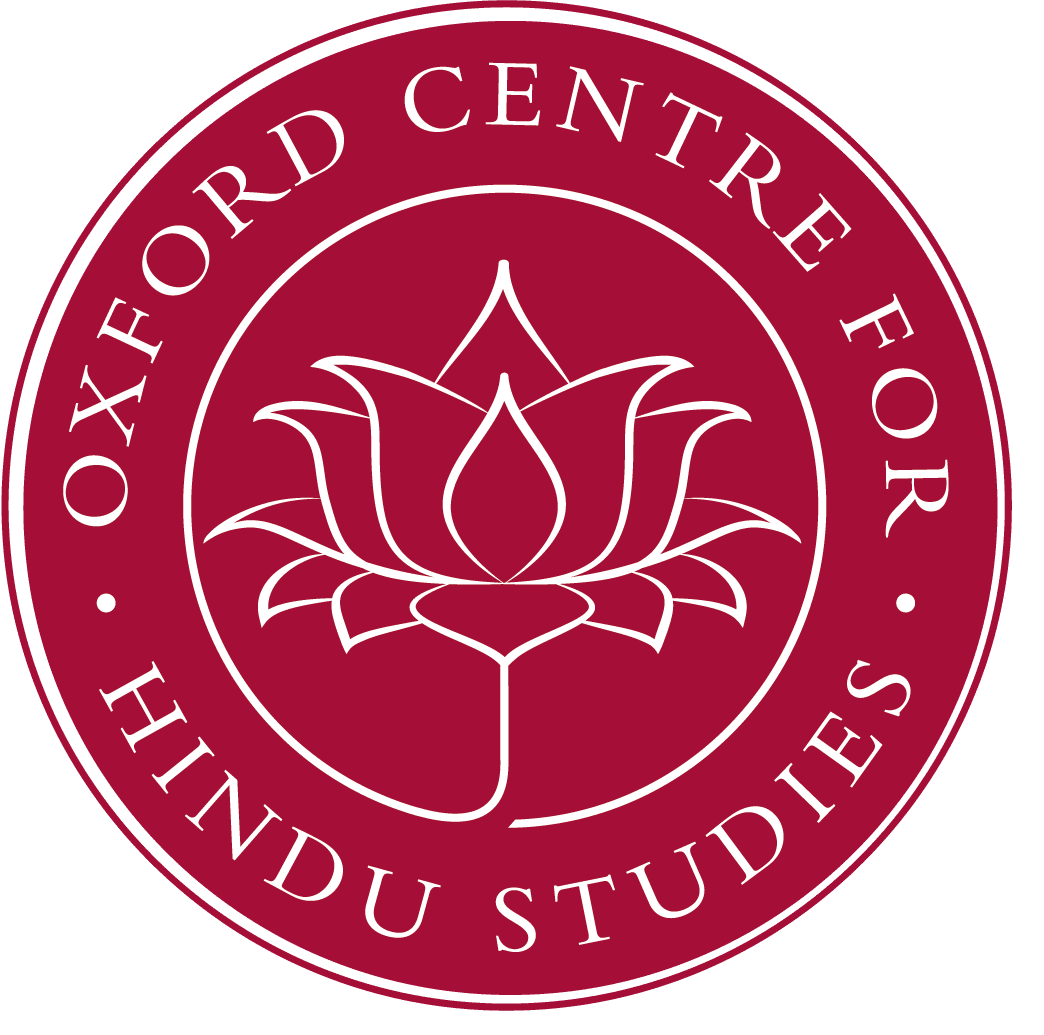The Netra-tantra is an important text of medieval Saivism. We will read the Sanskrit text based on two manuscripts from Nepal in conjunction with the KSTS edition.
Lecture tag: Texts
Readings in the Netra Tantra: Week One (MT13)
The Netra-tantra is an important text of medieval Saivism. We will read the Sanskrit text based on two manuscripts from Nepal in conjunction with the KSTS edition.
Readings in the Netra Tantra: Week Two (MT13)
The Netra-tantra is an important text of medieval Saivism. We will read the Sanskrit text based on two manuscripts from Nepal in conjunction with the KSTS edition.
The Nature of the Self in the Bhagavad Gita: Session One
Chapter 13 of the Bhagavad Gita is about the relationship between ‘the field’ and ‘the field knower’ which can be taken to represent the body and self or universe and God. Different commentators had different interpretations about this relationship. The two seminars will examine the commentaries of Sa?kara and Ramanuja, focusing inparticular on the opening three verses.
Readings in the Netra Tantra: Week Three (MT13)
The Netra-tantra is an important text of medieval Saivism. We will read the Sanskrit text based on two manuscripts from Nepal in conjunction with the KSTS edition.
Readings in the Netra Tantra: Week Four (MT13)
The Netra-tantra is an important text of medieval Saivism. We will read the Sanskrit text based on two manuscripts from Nepal in conjunction with the KSTS edition.
Human and animal worlds in the Atharvaveda Samhita: rituals, superstitions and psychoses in animals in Vedic society
The Atharvaveda Samhita, more than any other Vedic text, is an irreplaceable source of data on the Indian society and its non-ritualistic aspects. With regard to animals, the numerous Atharvanic hymns witness a deep conditioning, either positive or negative, of them on the psyche of the Vedic social structure at that stage. Images, metaphors, descriptions of wild and domestic animals abound through the 20 books of this Samhita, together with terrific and theriomorfic descriptions of demons in the act of killing children, women and Brahmans or destroying human bodies, health and peace. The “Vedic eye” created a stunning range of scenarios in-between dream and nightmare of an unparalleled visual and terminological power. This lecture will highlight the relationship between human beings and animals from a moral, linguistic, religious and psychological point of view, also emphasizing interesting aspects of the irrational Vedic fear for the microcosm of the “invisible” animal enemies.
Readings in the Netra Tantra (HT13)
The Netra Tantra is an important early medieval Śaiva text. We will read and discuss sections of the text based on the two manuscripts in the NGMPP Library and compare these with the published KSTS edition. Apart from reading the text we will discuss its meaning.
